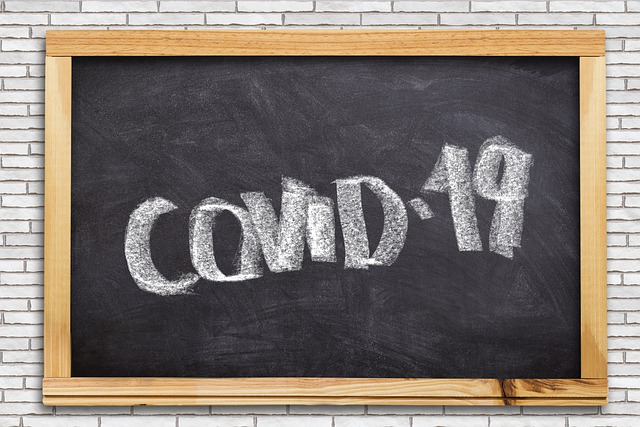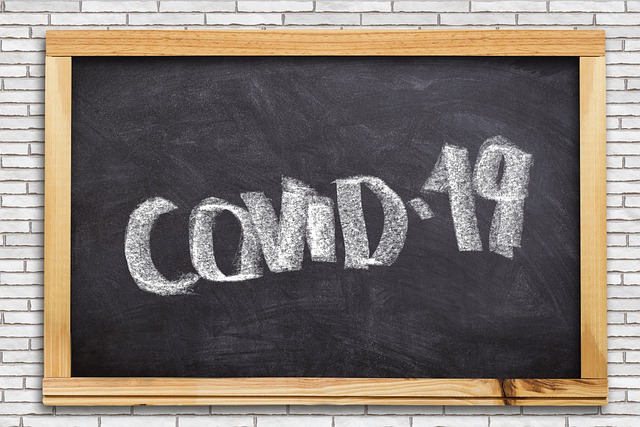
During the COVID-19 outbreak the British government have required all non-essential workers to work from home, as such many buildings will be left empty for long periods of time. Despite this, the Health and Safety at Work Act is still applicable and all duty holders who must take reasonable and practical steps to control the risk from legionella throughout this period. Those with water systems that supply a critical service must be maintained as normal in accordance with HSE / HSG274 recommendations, or be switched off entirely with no compromise.
Outbreaks of Legionnaires’ disease as a consequence of partially completed control regimes during COVID-19 restrictions are not likely to have any exemption from prosecution.
It is essential that when buildings are reopened following the ending of the COVID-19 restrictions, water systems are not immediately put straight back into use if none or limited action has been taken during this period. Before any building is put back into full operational use a recommissioning plan is recommended for each water system which will allow safe a start-up and assurance to all users.
Please note there should already be a start-up and shut down procedure in place for evaporative cooling systems with expectations that these will be followed during the COVID-19 restriction period.
In regards to basic hot and cold water systems, it is expected that they are flushed regularly (minimum twice-weekly) with fresh mains water. If you operate a larger building, for example if the water system includes assets such as hot water cylinders, calorifiers, cold water storage tanks, showers and complex pipework, then an extensive flushing regime will be more suitable. This is considered to be beyond twice-weekly flushing, followed by a clean and disinfection of the pipework and any relevant assets before the building can be put back into regular use. Indeed, if it is possible, it may beneficiary to drop stored water levels in tanks to maintain <24 hour storage.
As some buildings may be left for considerable amounts of time in warm weather, it should be considered that levels of bacteria and biofilm will increase over time. Therefore, it should not be seen as unusual if repeat disinfections are required to bring the water system to an acceptable level of cleanliness once the COVID-19 restrictions are lifted. HSG274 Part 2 paragraphs 2.50-2.52 also recommends the following for buildings that have been temporarily shut down or mothballed.
i. Do not drain down pipework.
ii. If possible, remove sources of heat and external thermal gain.
iii. Lock off, place signage on doors and otherwise advise potential users that the system has been taken out of use.
iv. Have a plan in place for recommissioning the water system (with plans in place such as those mentioned earlier)
Any work involving the above should have a relevant task risk assessment in place to ensure safety for all those involved.
The Legionella Control Association has also recommended the following when flushing your water system:
During flushing, it is recommended that all valves should be operated in the fully open position so that any particulate matter can be flushed through. Of particular importance are float-operated or other restrictive valves, which need to be manually opened to ensure clearing of particulates and prevent fouling of the valves. Where a clearing velocity cannot be achieved, consideration should be given to removal of valves to enable an effective flush.
If you would like to read the entire statement for the LCA, please see here.





